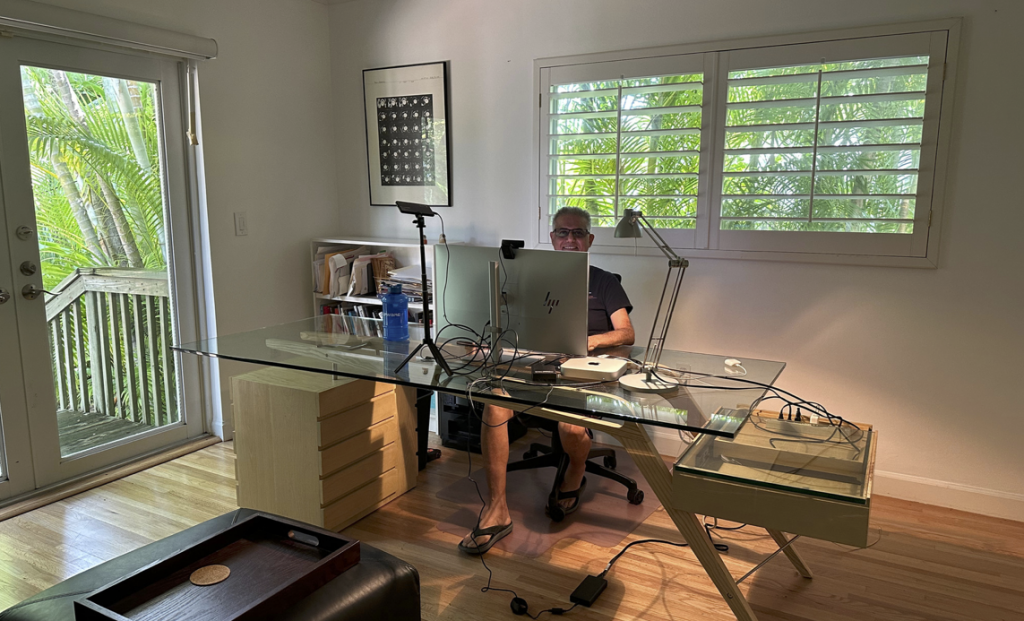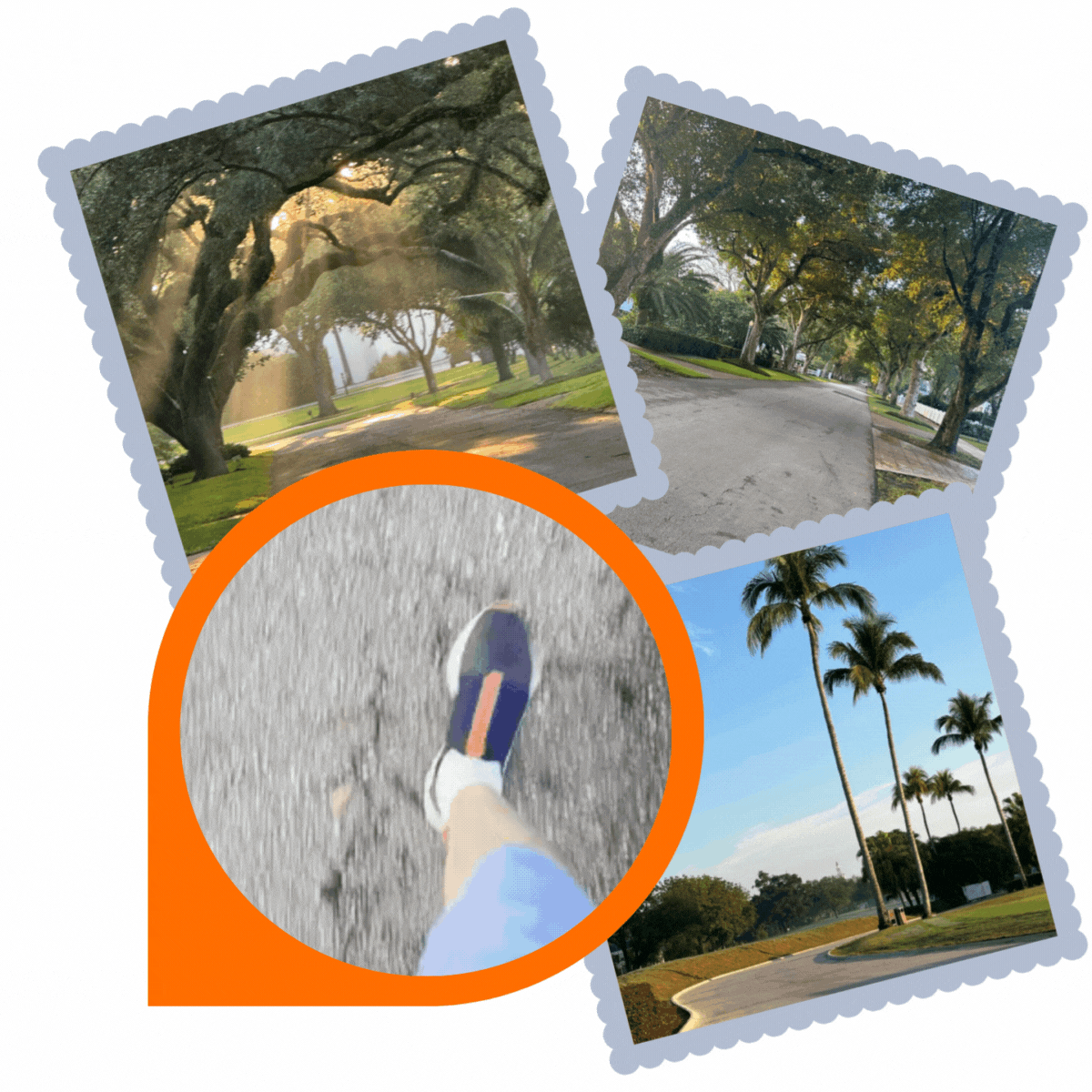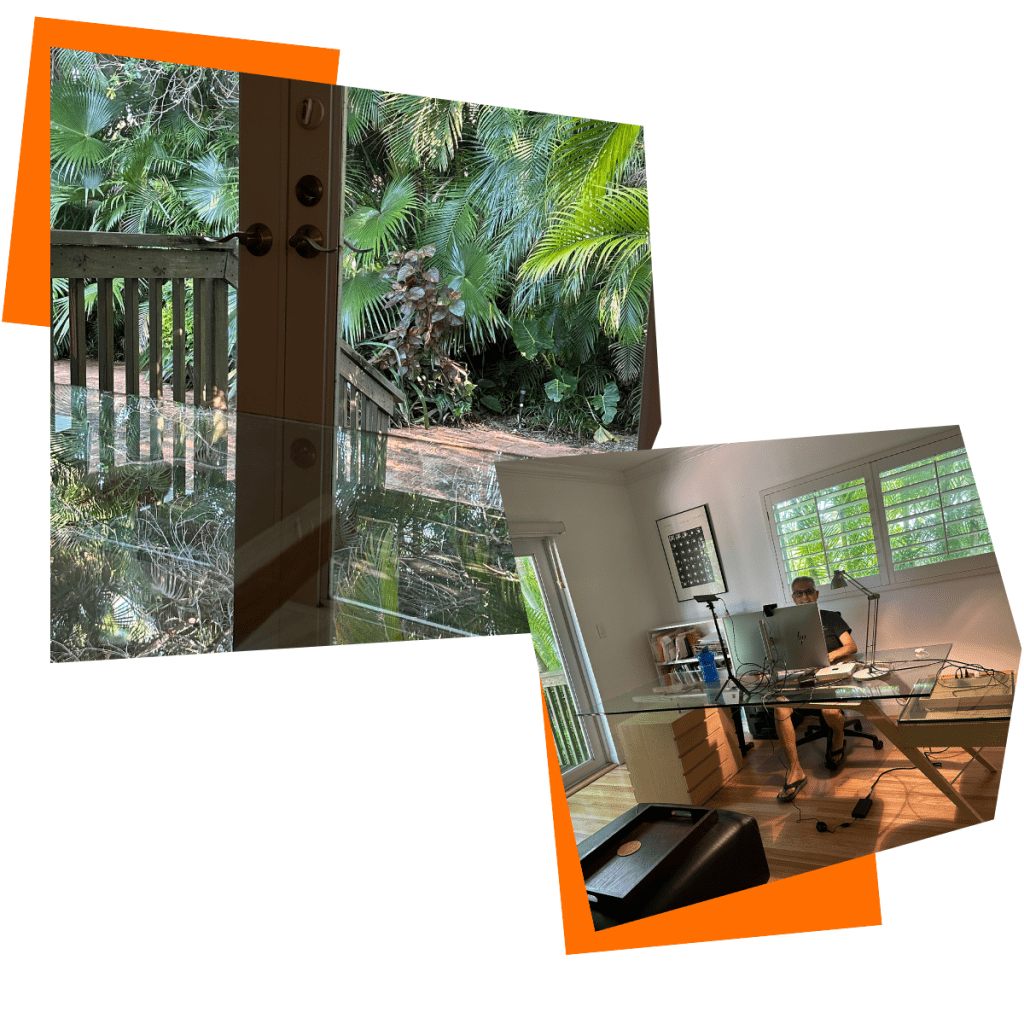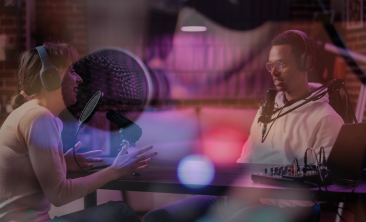
From Idea to Inbox: Discover the Process Behind My Newsletter
From Idea to Inbox: Discover the Process Behind My Newsletter https://www.visualstorytell.com/wp-content/uploads/2023/07/newsletter-process-thumb1-1024x621.png 1024 621 Shlomi Ron Shlomi Ron https://secure.gravatar.com/avatar/995c0cf093380b90c7704fda398c9addf4e5c605afbc92af5c3f01f67d65aa41?s=96&d=mm&r=g- Shlomi Ron
- no comments
I often get asked how I come up with a new story every week. What is my creative process? What are the challenges vs. happy moments?
Earlier, I provided some details in a previous story in My Backstage Story but here is the full process.
First, some background
I started the Visual Storytelling Newsletter six years ago. So for me, this is not a sprint but a marathon I quite enjoy.
Initially, I was using MailChimp as my email marketing platform but last September, as you may have seen, I migrated the newsletter to Substack.
My rationale was simple.
I wanted more visibility for my newsletter beyond a private channel, a cleaner look, yet feature-rich, and a stronger way to support VSI’s larger brand narrative:
“Bringing the gospel of visual storytelling from the world of art into more purposeful marketing.”
The paid tiers also allowed me to convey that I take this storytelling channel very seriously – treating it like an OpEd formatted as a personal letter – with a blend of insightful stories and industry commentary about the rapidly evolving visual storytelling industry.
Now let’s look at my process.
It’s Wednesday! Do you know where your story is?
First thing first, I start my Wednesday with a 7 AM – 8 AM morning walk.

There’s nothing like a morning walk to clear your mind, boost your mood, and let your ideas percolate. And living in Miami is just an extra perk 🙂
Hey, Vitamin E (E=Exercise) is a must-have, right?
Typically, I either listen to some podcasts or listen to some music and let my mind flow wherever it goes. No constraints on a specific direction.
Podcasts, reading the daily paper, and meeting with clients or networking – are all great sources for finding new angles for stories.
Wednesday: Sitting down to write
Around 9 AM Wed it’s when I sit down to write. By then if I’m lucky I’ll have an idea and will jot down key points in Notes, so I won’t forget.
I often run online research to bring valid stats to quantify the size of a problem and underline the high stakes of not solving it.
Sometimes I may consult with ChatGPT4 about a particular topic to map out the key viewpoints at the forest view level. I installed the WebChatGPT Chrome extension, so I can see the sources the information is coming from, which is a great help in content validation.
Other times I may brainstorm a few story titles and add my personal touches.
From this perspective, Peter Dolkens, a London-based software developer nicely sums up AI’s true value in a recent New York Times story:
“It’s the equivalent of a very well-read intern. They might not have the experience to know how to apply it, but they know all the words, they’ve read all the books and they’re able to get part of the way there.”
One thing you can be sure of. The finished story you read every Sunday is 100% brain-generated 🙂
Like handmade vs. mass manufactured, who knows maybe one day we’ll pay a premium for those rare brain-generated vs. AI-generated products…
You may wonder, what does my office look like?
While I’m working, I use a combination of light jazz piano music by Bill Evans or more cinematic soundtracks by Piero Piccioni, combined with early birds singing outside.
Next, let’s set the visual scene for you.

The entire team is hard at work…
My office overlooks a tropical garden, so whenever I get stuck all it takes is to stop, look to my right at the palm leaves, and hop on the next train of thought.
The visual work
I know some folks first write and add visuals at the end to not disrupt their thinking.
In my case, I can’t help myself once I have a visual concept, I rush over to Canva or other visual-creating platforms, get it out of my system, and plant it in my story.
It helps me see how the story and visuals gel together.
Next up! Polishing
By noon time on Wed, I’ll have the first draft done.
So the good thing about dropping the newsletter only on Sunday is that it gives me 3 days to let the story simmer “releasing all its juices.”
I often think of new angles to add, rephrase, or completely remove parts that may disrupt clarity and digression from the main theme.

On-the-go multi-screen polishing
So what happens is that I keep perfecting the story on the go via my phone while outside, tablet over breakfast, and desktop for deep-dive editing.
Sunday morning, I ran the final editing and ran tests to spot typos, broken links, and things that escaped my eye earlier.
If all checks, I drop the weekly newsletter, as you’ve seen, every Sunday at 11:30 am ET. What you get is a hearty story with ideas, anecdotes, and insights that like “a slow-cooking dish” have been simmering for a few days.
My happy moments are whenever subscribers tell me that my weekly email drop has become part of their Sunday routine.
How cool is that?
You’d be surprised, but even after sending the newsletter I sometimes still spot errors that sneaked in.
If you come across them, realize this is a human-made effort as opposed to machine-generated. I fixed them as this newsletter also lives on its Website.
Final thoughts
Realize this workflow is not written in stone. I may miss my Wednesday’s inspiration day and a great idea will be born only on Thursday or Friday.
That’s fine as I believe that as long as you surround yourself with a creative environment that allows you to find ideas easily – you’ll always capture one.
As for how can I keep such a tough regiment for such a long time? By now I don’t treat it as a chore but more as a fun habit. In the same way, you may feel bad if you haven’t worked out for a week.
As such, it’s my “mental gym” where I can share stories that over time I was even able to package into a whole book four years ago: Total Acuity: Tales with Marketing Morals To Help You Create Richer, Visual Brand Stories.
I hope I was able to give you a clear glimpse behind the scenes about the creative process of producing this newsletter.
Regardless of the output, your creative process may be quite different, and that’s okay. No hard rules here, it’s all about what works for you. I think committing to a publishing schedule also helps as it forces your brain to stay curious – Vitamin M (=Mental).
What’s your process? Feel free to share your experiences, observations, or comments below.
So next time you read my stories, you can easily visualize what it takes to produce a fresh story every week. And maybe it will inspire you to start or improve your own creative visual storytelling process.
Ready to subscribe?
Now that you have the full backstory of my creative process, go ahead and subscribe to my newsletter and be part of thousands of other visual storytellers from around the globe.
- Posted In:
- Design
- Story Making
- Story Visualizing
Shlomi Ron
Shlomi Ron is the founder and CEO of the Visual Storytelling Institute, a Miami-based think tank with a mission to bring the gospel of visual storytelling from the world of art to more human-centric and purpose-driven marketing. A digital marketing veteran with over 20 years of experience working both on the agency and brand sides for Fortune 100/500 brands such as Nokia, IBM, and American Express. He started VSI to combine his marketing expertise with his passion for visual stories stemming from his interests in classic Italian cinema and managing the estate of video art pioneer, Buky Schwartz. At VSI, he helps brands rise above the communication noise through visual storytelling consulting, training, and thought leadership. Select clients include Estée Lauder, Microsoft, and Cable & Wireless – to name a few. He currently teaches Brand Storytelling at the University of Miami’s Business School. Thought leader and speaker at key marketing conferences. He is also the host of the Visual Storytelling Today podcast, which ranks in the top 10 best business storytelling podcasts on the Web. His book: Total Acuity: Tales with Marketing Morals to Help You Create Richer Visual Brand Stories. Outside work, he is a nascent bread baker, The Moth fan, and longtime fedora wearer likely to jive with his classic Italian cinema interest.
All stories by: Shlomi RonYou might also like
This site uses Akismet to reduce spam. Learn how your comment data is processed.





Leave a Reply